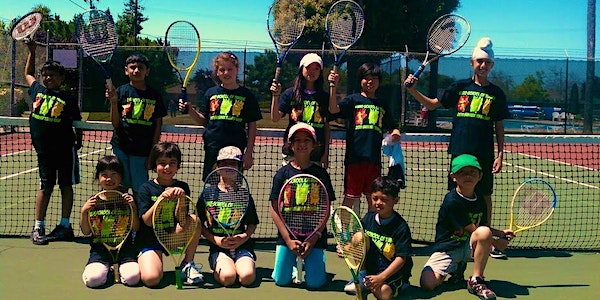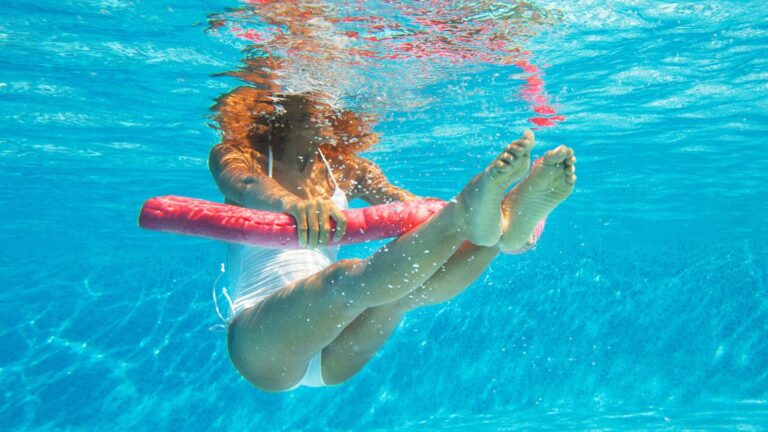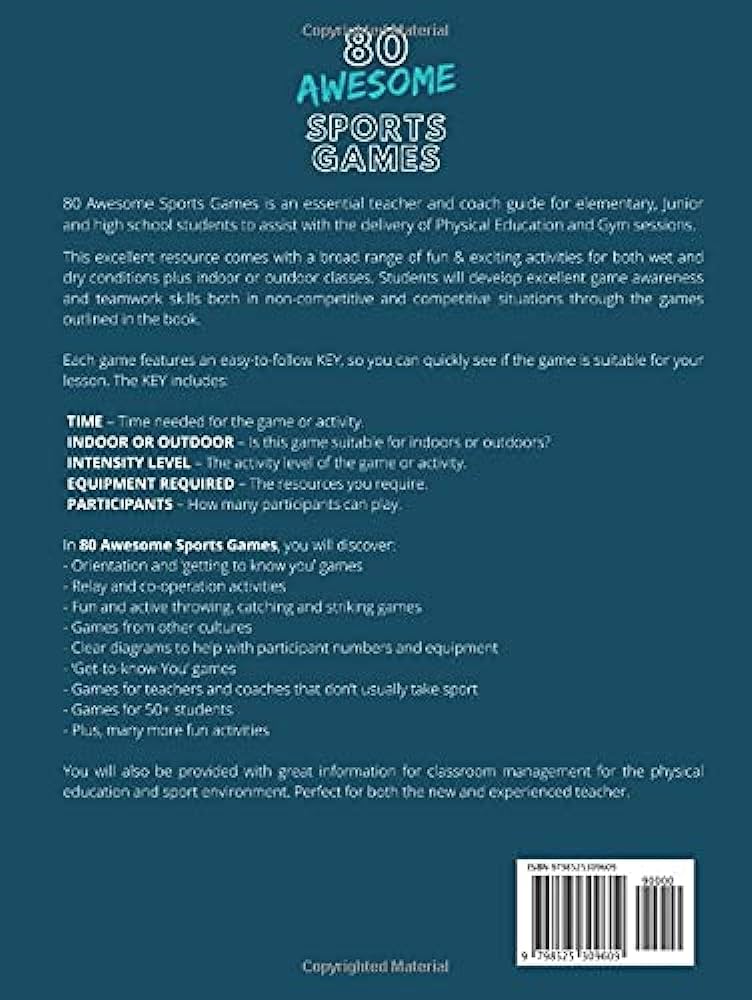Budgeting is an essential tool for managing your finances and ensuring that you are spending your money wisely. It allows you to track your income and expenses, prioritize your spending, and save for the future. When it comes to sports equipment, sticking to your budget is especially important. Sports like hockey, lacrosse, and field hockey can be expensive, with equipment costs adding up quickly. By sticking to your budget, you can ensure that you are getting the equipment you need without overspending.
The Cost of Popular Stick Sports: Hockey, Lacrosse, and Field Hockey
Hockey, lacrosse, and field hockey are popular stick sports that require specific equipment. The cost of this equipment can vary depending on the level of play and the quality of the equipment. On average, hockey equipment can cost anywhere from $500 to $1,000 or more. This includes items such as skates, a helmet, shoulder pads, elbow pads, gloves, shin guards, and a stick.
Lacrosse equipment can also be quite expensive, with an average cost ranging from $200 to $500 or more. This includes items such as a helmet, shoulder pads, elbow pads, gloves, a chest protector, a mouthguard, and a stick.
Field hockey equipment is generally less expensive than hockey or lacrosse equipment. On average, it can cost anywhere from $100 to $300 or more. This includes items such as a stick, shin guards, a mouthguard, and a ball.
Factors That Affect the Cost of Stick Sport Equipment
Several factors can affect the cost of stick sport equipment. One factor is the materials used in the equipment. Higher-quality materials often come with a higher price tag. For example, hockey sticks made from carbon fiber are generally more expensive than sticks made from wood or composite materials.
Another factor that affects the cost of equipment is the brand. Well-known brands with a reputation for quality often charge more for their products. However, it’s important to note that not all expensive brands are necessarily better than more affordable ones. It’s essential to do your research and read reviews to determine the best value for your money.
The level of play the equipment is designed for can also impact the cost. Equipment designed for professional or elite-level play is often more expensive than equipment designed for recreational or beginner-level play. This is because professional-level equipment is typically made with higher-quality materials and has additional features to enhance performance.
Finding Affordable Stick Sport Equipment: Tips and Tricks
| Tip/Trick | Description |
|---|---|
| Buy Used Equipment | Look for used equipment in good condition to save money. |
| Shop Online | Compare prices and find deals on sport equipment online. |
| Check Local Classifieds | Look for sport equipment in local classifieds or online marketplaces. |
| Buy Off-Season | Buy sport equipment during off-season to get discounts. |
| Compare Prices | Compare prices of sport equipment from different stores to find the best deal. |
| Ask for Discounts | Ask for discounts or negotiate prices with the seller. |
| Join a Sports Club | Join a sports club to get access to discounted equipment and gear. |
| Buy Generic Brands | Consider buying generic brands of sport equipment to save money. |
While stick sport equipment can be expensive, there are ways to find affordable options without sacrificing quality. Here are some tips and tricks to help you save money on your equipment purchases:
1. Shopping during sales and clearance events: Many sports retailers offer sales and clearance events throughout the year. Keep an eye out for these opportunities to snag discounted equipment.
2. Buying equipment in the off-season: Prices for sports equipment tend to be higher during peak seasons when demand is high. Consider purchasing your equipment during the off-season when prices may be lower.
3. Looking for used equipment: Buying used equipment can be a great way to save money. Check online marketplaces, local sports stores, and community bulletin boards for used equipment in good condition.
The Pros and Cons of Buying New vs. Used Equipment
When it comes to purchasing stick sport equipment, you have the option of buying new or used. Each option has its pros and cons, so it’s important to consider them before making a decision.
Buying new equipment has several benefits. First, you can be sure that the equipment is in excellent condition and has not been previously used or damaged. New equipment also often comes with warranties, providing added peace of mind. Additionally, buying new allows you to choose from the latest models and technologies, which can enhance your performance.
On the other hand, buying used equipment can save you a significant amount of money. Used equipment is often sold at a fraction of the cost of new equipment, making it a more affordable option. However, there are potential risks associated with buying used equipment. The equipment may be worn or damaged, reducing its effectiveness and lifespan. It’s important to thoroughly inspect any used equipment before purchasing to ensure that it is in good condition.
How to Save Money on Stick Sport Equipment Without Sacrificing Quality

If you’re looking to save money on stick sport equipment without sacrificing quality, there are several strategies you can employ:
1. Buying equipment in sets: Many sports retailers offer equipment sets that include multiple items at a discounted price. Purchasing a set can be more cost-effective than buying each item individually.
2. Choosing equipment that can be used for multiple sports: Some equipment, such as helmets and mouthguards, can be used for multiple stick sports. Investing in versatile equipment can save you money in the long run.
3. Investing in high-quality equipment that will last longer: While high-quality equipment may have a higher upfront cost, it can save you money in the long run. High-quality equipment is often more durable and less likely to need frequent replacement or repairs.
Understanding the Lifetime Cost of Stick Sport Equipment
When budgeting for stick sport equipment, it’s important to consider the lifetime cost of the equipment. While the upfront cost may seem high, it’s essential to think about how much you will spend over time.
For example, let’s say you purchase a hockey stick for $100. If that stick lasts for one season before breaking or becoming unusable, you will need to spend another $100 to replace it for the next season. However, if you invest in a higher-quality stick for $200 that lasts for three seasons, you will end up spending less money in the long run.
Budgeting for Stick Sport Equipment: How Much Should You Allocate?
When budgeting for stick sport equipment, there are several factors to consider. First, determine how often you will be playing the sport and how long you expect the equipment to last. If you plan on playing frequently and for an extended period, it may be worth investing in higher-quality equipment.
Next, consider your financial situation and how much you can comfortably allocate towards equipment. It’s important to be realistic and not overspend on equipment if it will put a strain on your finances.
Lastly, do your research and compare prices from different retailers. Look for sales, discounts, and promotions to get the best value for your money.
The Benefits of Investing in High-Quality Stick Sport Equipment
Investing in high-quality stick sport equipment can have several benefits. First and foremost, high-quality equipment is often more durable and less likely to break or become damaged. This means that you won’t have to spend money on frequent replacements or repairs.
Additionally, high-quality equipment is often designed with advanced technologies and features that can enhance your performance. This can give you a competitive edge and improve your overall experience playing the sport.
Making Smart Choices to Stick to Your Budget
Sticking to your budget when it comes to stick sport equipment is crucial for managing your finances effectively. By considering factors such as the cost of popular stick sports, the factors that affect the cost of equipment, and finding affordable options, you can make smart choices that balance quality and affordability.
Remember to shop during sales and clearance events, buy equipment in the off-season, and consider purchasing used equipment if it’s in good condition. Additionally, investing in high-quality equipment that will last longer can save you money in the long run.
By following these tips and tricks, you can ensure that you are getting the equipment you need without overspending and stick to your budget.
If you’re interested in stick sport equipment costs, you might also want to check out this article on Off to Sports titled “Sports That Require a Helmet.” It provides valuable information on various sports that require the use of a helmet for safety purposes. From football and hockey to biking and skateboarding, this article explores the importance of protective headgear in these activities. To learn more about the different sports that require a helmet, click here.
How Can Essential Stick Sport Equipment Fit Into a Budget?
Balancing affordability and performance is key when selecting essential equipment for playing stick sports. Focus on purchasing durable, high-quality gear that doesn’t break the bank. Shop during sales, consider second-hand options, or bundled packages to maximize savings. With careful planning, essential gear can easily fit into a budget without compromising your game.




